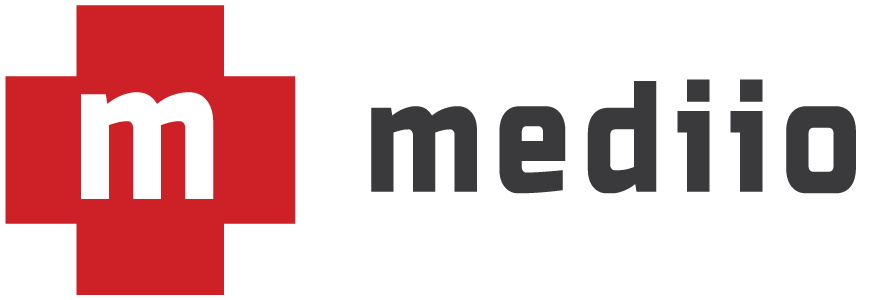File this under #notSurprisingAtAll.
A particularly damning indictment of clinical medicine:
“I loved working with patients but I looked around me and realized that I didn’t want the jobs of anybody who had ‘succeeded’ as a clinician,” said Rebecca Coelius, who graduated with an MD from UCSF.
I fear more and more medical students and residents are feeling this way. Though there is no shortage of excellent clinical mentors, their career and lifestyle may not be appealing to the current generation of trainees.
Coelius goes on to note:
“Tech culture is very appealing when juxtaposed against the hierarchy and myriad hoops to be jumped through in clinical medicine,” she explained.
What hoops exist?
The most familiar to the public include performing well in an undergraduate program, doing well on the MCAT, applying for and getting into medical school, then completing a residency.
There are many, many less familiar hoops that include the four USMLE licensing exams , the process of applying for residency (which includes traveling all around the country), applying for licensure in a given state as a resident then later as a practicing physician , becoming credentialed at a hospital (forms for which may be up to 100 pages long and a process that takes months) , applying for a myriad of ‘numbers’ such as a National Provider Identifier and DEA number, obtaining malpractice insurance, creating/maintaining an academic portfolio (which can take up entire 3" three-ringed binders, passing medical specialty boards , and maintaining board certification through the Maintenance of Certification programs. This is not an exhaustive list but represents only the bare minimum .
The medical students detailed in this article who have jumped to startups had to do none of these things and will likely make more money working fewer hours in their positions than they ever would have as doctors.
However, those people as do not get to experience the deep satisfaction of practicing medicine. Helping patients is an indescribable feeling. It’s something I really didn’t even experience as a medical student; you only start to get a real flavor for it as a resident.
I fear two things for this trend:
- We are losing very smart people who would make tremendous clinicians and further the practice of medicine itself.
- Startups are attracting people with MDs who have never actually practiced medicine and do not truly understand medicine .
Both of these issues need to be addressed by (1) trying to tackle all of those ‘hoops’ listed above while ensuring doctors are well-trained and qualified and (2) developing career paths for practicing doctors to work with startups on creating ways to make technology and medicine work in harmony.
